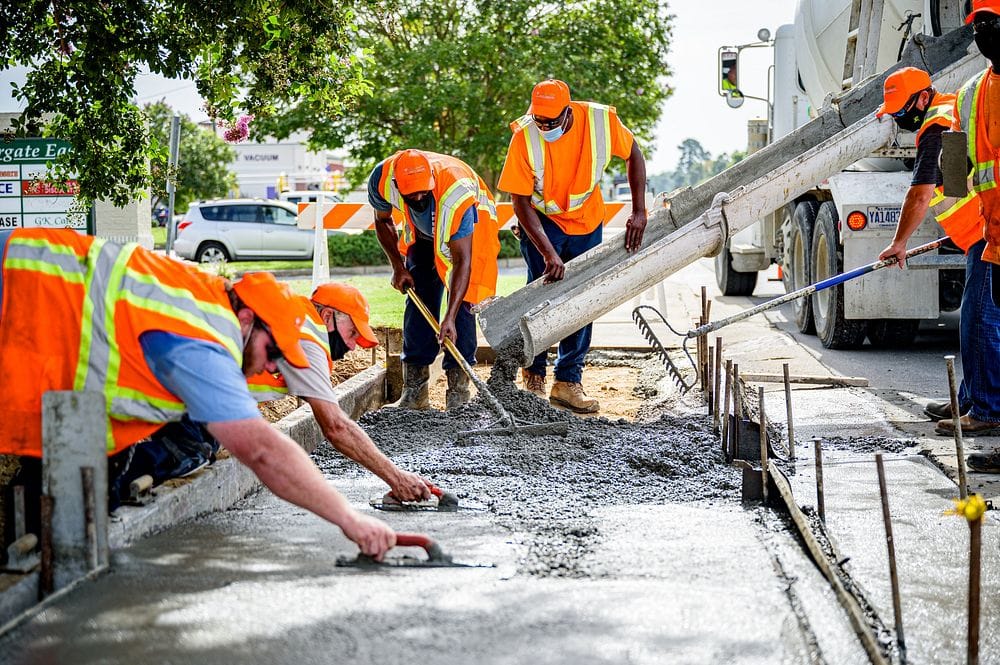
In dangerous work zones, being seen is as important as being protected.
Whether it’s a highway at dusk, a busy warehouse corner, or an airport tarmac on a foggy morning—visibility saves lives. That’s why high-visibility clothing isn’t just a uniform—it’s critical PPE.
Let’s break down how high-visibility gear works, where it’s used, and how to choose the right kind for your team and work environment.
What Is High-Visibility Clothing and Why Is It Important?
High-visibility clothing is designed to make the wearer stand out in low-light or high-risk environments.
It uses bright fluorescent colors during the day and reflective elements for night or artificial lighting.
It’s not fashion—it’s a functional safety barrier that says:
“I’m here. Don’t miss me.”
✅ In environments where visibility equals survival—hi-vis gear reduces accidents, improves coordination, and saves lives.
How High-Visibility Clothing Works
Hi-vis garments work using two key components:
-
Fluorescent Fabric
- Highly visible in daylight and dim conditions
- Usually yellow-green, orange-red, or bright red
- Converts UV light into visible light—makes the wearer glow
-
Retroreflective Tape
- Reflects headlights, lamps, or spotlights
- Makes the wearer pop out in darkness or at night
- Positioned on arms, shoulders, chest, and legs for 360° visibility
✅ Some garments also use combined-performance materials: both fluorescent and reflective in one textile.
Common Applications of Hi-Vis Apparel
You’ll find hi-vis workwear in any environment where:
- People and moving vehicles operate side by side
- Visibility is reduced by weather, lighting, or distance
- Distraction or fatigue can cause lapses in awareness
Typical industries:
| Sector | Use Case |
|---|---|
| Construction | Highway work, heavy machinery zones |
| Logistics & Warehousing | Forklift areas, loading docks |
| Traffic Control | Day/night operations on roadways |
| Rail/Airport | Trackside, tarmac, baggage handling |
| Emergency Services | Fire, rescue, police operations at night |
| Utility Work | Electrical, gas, telecom maintenance zones |
⚠️ In many of these sectors, hi-vis clothing is required by law or contract.
Types of High-Visibility Garments
Hi-vis workwear isn’t just vests anymore. Based on work condition and exposure, you can choose:
| Garment Type | Best For |
|---|---|
| Safety Vests | Hot weather, layering over other clothing |
| Hi-Vis Shirts | Warehouse, indoor logistics, utilities |
| Jackets / Parkas | Cold weather, rain, construction zones |
| Coveralls | Full-body coverage for rail/road/aviation |
| Pants / Bibs | Low-light industrial zones, underground work |
| Rainwear Sets | Outdoor work in wet, stormy environments |
✅ Always match garment type to task, weather, and layering need.
Standards and Regulations for Hi-Vis Clothing
To be compliant, garments must meet regional safety standards.
In the U.S.:
- ANSI/ISEA 107-2020
- Defines 3 performance classes (Class 1, 2, 3)
- Based on area of reflective material + garment type
| Class | Intended Use |
|---|---|
| 1 | Low-risk zones (parking lots, low-traffic) |
| 2 | Roadwork, warehouse, moderate risk areas |
| 3 | High-speed roads, heavy industrial work |
In Europe:
- EN ISO 20471
- Covers visibility, design, labeling, and testing
- Also has Class 1 to 3, with Class 3 as the highest visibility
✅ If your buyer is in North America, you’ll likely need ANSI compliance.
✅ For European customers, always confirm EN ISO 20471 certification with test reports.
Choosing the Right High-Visibility Gear for the Job
Ask these before buying:
- What’s the work environment? (indoors, outdoors, cold, wet, foggy?)
- What time of day is work done? (day shift, night shift, both?)
- What vehicles are nearby? (forklifts, trucks, trains, aircraft?)
- What’s the climate? (humid, rainy, freezing?)
- Do workers need layers or single garments?
- Is company branding needed on garments? (make sure logos are reflective or FR-rated if applicable)
✅ Also choose between:
- Yellow-green (most visible in day, forest, or urban)
- Orange-red (ideal for heavy traffic or rural roadside)
- Red (used in rail or select national standards)
Care and Maintenance of High-Visibility Clothing
Even the best hi-vis jacket won’t help if it’s faded, filthy, or torn.
Best practices:
- ✅ Wash in cool to warm water (below 60°C / 140°F)
- ✅ Use mild detergent, no bleach or softeners
- ✅ Air dry or tumble dry low
- ✅ Don’t iron over reflective tape
- ✅ Inspect after every wash:
- Is fabric faded?
- Is tape peeling, cracked, or dulled?
- Is stitching intact?
⚠️ If it’s no longer bright—it’s no longer safe.
Conclusion
High-visibility clothing is one of the simplest, most affordable, and most effective PPE tools—but only when it’s chosen and used correctly.
As a buyer:
- Match gear to environment, lighting, and risk level
- Confirm it meets ANSI/ISEA 107 or EN ISO 20471
- Choose the right type, class, and color
- Keep it clean, intact, and compliant
Need help building a high-visibility uniform program for your crew? I’ll help you select gear that’s visible, certified, and suited to your industry’s exact needs.
📩 Contact: [email protected]
🌐 Visit: www.workwearsolutions.net
Zion Zhang
Recent Posts
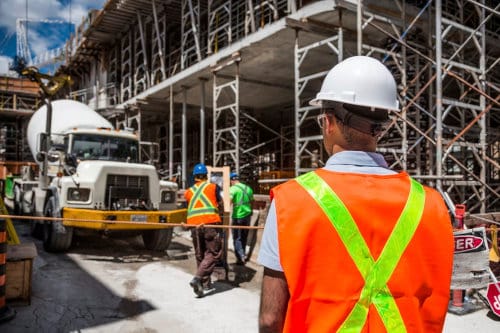 Layering Hi-Vis Workwear for All Seasons: Summer, Winter, and Rain2025年7月4日Hi-vis clothing can’t just protect you—it has to adapt to […]
Layering Hi-Vis Workwear for All Seasons: Summer, Winter, and Rain2025年7月4日Hi-vis clothing can’t just protect you—it has to adapt to […]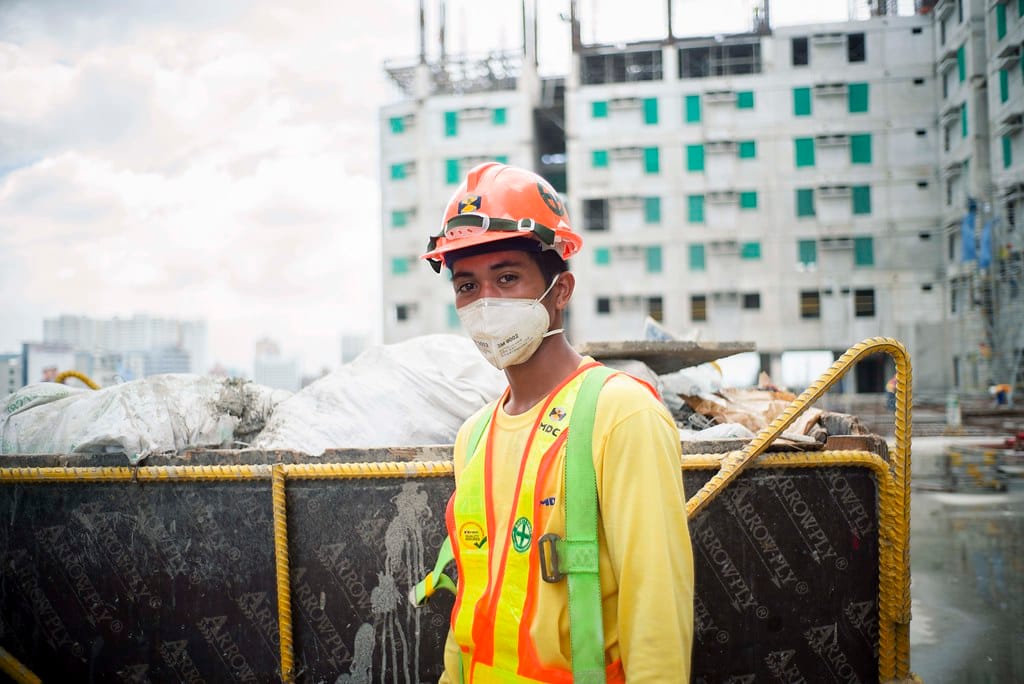 Hi-Vis Clothing by Industry: Tailoring Visibility Gear to the Job2025年7月4日High-visibility workwear isn’t one-size-fits-all. The right […]
Hi-Vis Clothing by Industry: Tailoring Visibility Gear to the Job2025年7月4日High-visibility workwear isn’t one-size-fits-all. The right […] Understanding ANSI/ISEA 107 and EN ISO 20471: A Buyer’s Guide to Hi-Vis Standards2025年7月4日When it comes to high-visibility clothing, color and […]
Understanding ANSI/ISEA 107 and EN ISO 20471: A Buyer’s Guide to Hi-Vis Standards2025年7月4日When it comes to high-visibility clothing, color and […]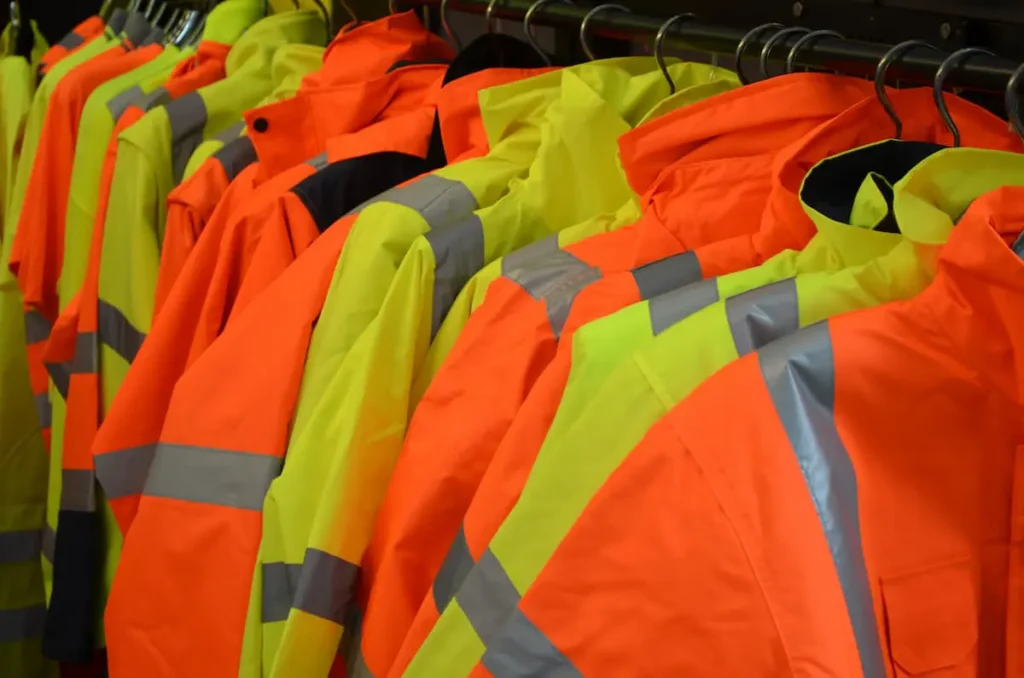 Choosing Between Yellow, Orange, and Red Hi-Vis: What Color Works Best?2025年7月4日Yellow, orange, or red? When it comes to high-visibility […]
Choosing Between Yellow, Orange, and Red Hi-Vis: What Color Works Best?2025年7月4日Yellow, orange, or red? When it comes to high-visibility […]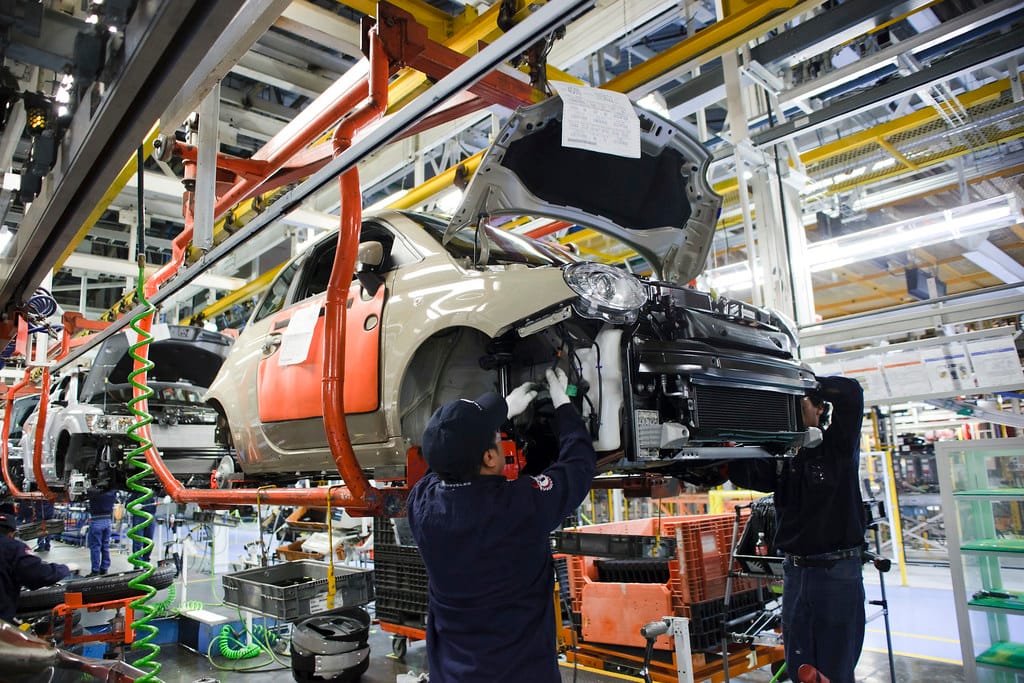 Care and Replacement Guidelines for Metaltech Clothing: Extending PPE Lifespan2025年7月3日Protective clothing doesn’t last forever—but it shouldn’t […]
Care and Replacement Guidelines for Metaltech Clothing: Extending PPE Lifespan2025年7月3日Protective clothing doesn’t last forever—but it shouldn’t […] Customization for Metal Industry Workwear: Logos, Colors, and Functional Add-ons2025年7月3日In metal industries, personal protective equipment (PPE) is […]
Customization for Metal Industry Workwear: Logos, Colors, and Functional Add-ons2025年7月3日In metal industries, personal protective equipment (PPE) is […]
CONTACT US
- Feel free to contact us any time. We will get back to you as soon as we can!
- +86-17330061805
